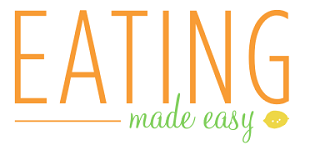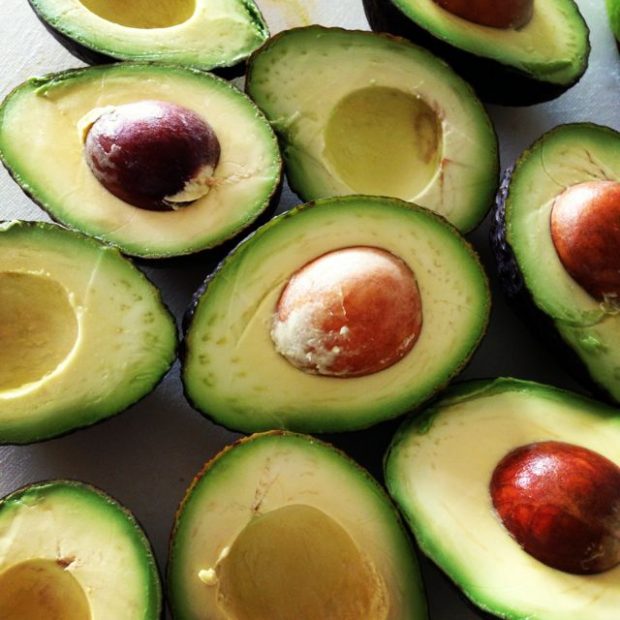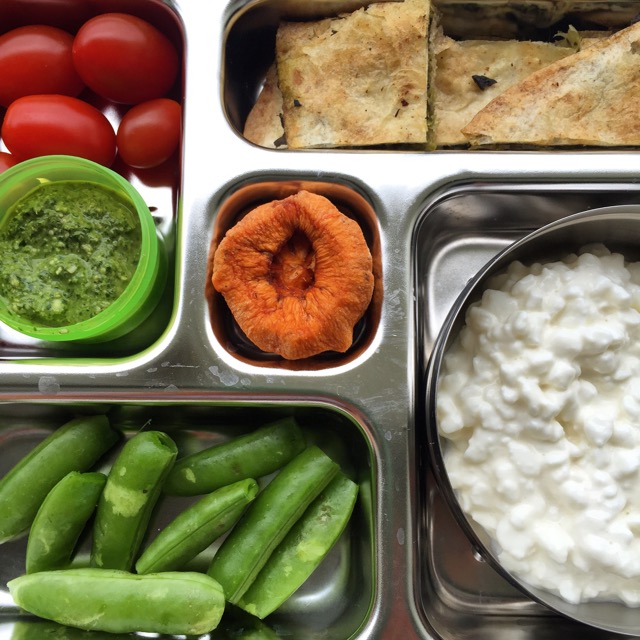As I’ve said before, learning about nutrition and food is an ongoing process. It takes lots of reading, talking, gardening, farm visiting, cooking and eating to discover real nutritional truths, and despite extensive nutrition training, I’m still learning as I go.
Sometimes I look back at very old blog posts and can hardly believe what I see. (Cool Whip, anyone?) The good news is, I’m here to share with you what I discover over time, so we can all continue our nutritional journey together.
Below are four myths that I used to believe about food.
Myth #1: All calories are created equal, no matter where they come from.
Truth: Turns out, the number of calories we absorb from foods really depends on the food and how it’s prepared. For example, raw almonds have 170 calories per serving, but because they take some effort to digest and are not entirely digestible, we only end up receiving about 130 of these calories. (More on this research here). The calories listed on packaged food labels are calculated from a system of averages (that by the way, dates back to the 19th century) and don’t account for the complexity of digestion, so calorie counts are not very accurate. Finally, research has also begun to show that highly processed foods may promote weight gain more than real, whole foods with similar calorie counts. So there’s more to life than calories!
Myth #2: Fat makes you fat.
Truth: Dietary fat, which are the fats we eat (from oil, butter, nuts, avocado, etc.), is not the same as getting fat. People gain weight when they eat more than they burn, not when they eat foods that contain dietary fat.
Myth #3: Food coloring is safe.
Truth: Artificial food dyes have been linked to a variety of health issues in humans (especially children) including hyperactivity, learning disabilities, aggressiveness, irritability, and allergies. Plus they’re petroleum-based, which means they share some of the same components of gasoline. Gross.
Myth #4: We have the safest food supply in the world.
Truth: The agencies in charge of ensuring a safe food supply don’t have the resources needed to protect us from chemicals, contaminants and causes of food-borne illness. For example, only 1-2% of food imported into the U.S. is ever inspected before hitting grocery store shelves. A little unnerving, given that this food comes from over 130,000 facilities in 150 countries. Just as scary is the number of chemicals (more than 2,000) – almost none of which are tested for safety – that come onto the market every year, many of which can end up in our food and water supply. Moral of the story: we’re not as safe as we think. Whenever possible, buy local and organic food from people and brands who value transparency.







6 Comments
Lindsey @ SimplyLindsey
October 13, 2014 at 8:16 amI used to believe all of these myths too, especially #2! The healthy living lifestyle is definitely a journey, and I learn more with each passing year.
Amelia Winslow
October 13, 2014 at 10:11 amI always think back to the 80’s & 90’s when fat was considered to be the WORST!
rachel
October 20, 2014 at 4:06 amlove this! I used to believe #1 as well! totally true! great post!
Bethany
October 20, 2014 at 4:08 amThis is such a great post! I was once victim to these myths as well!
Amelia Winslow
October 21, 2014 at 12:22 pmThanks, Rachel. I know – these were almost considered ‘common knowledge’ at one point!
Amelia Winslow
October 21, 2014 at 12:23 pmThank you, Bethany! So glad you enjoyed it.